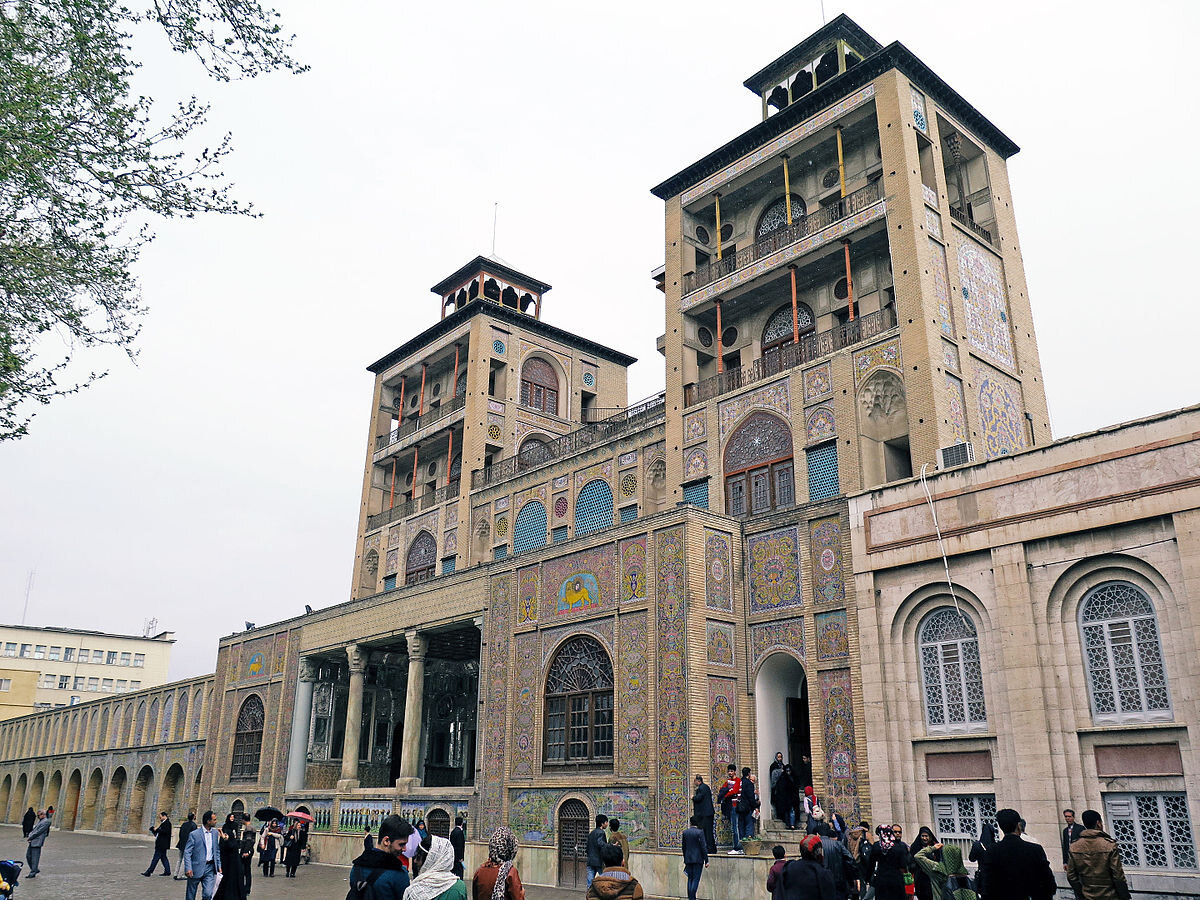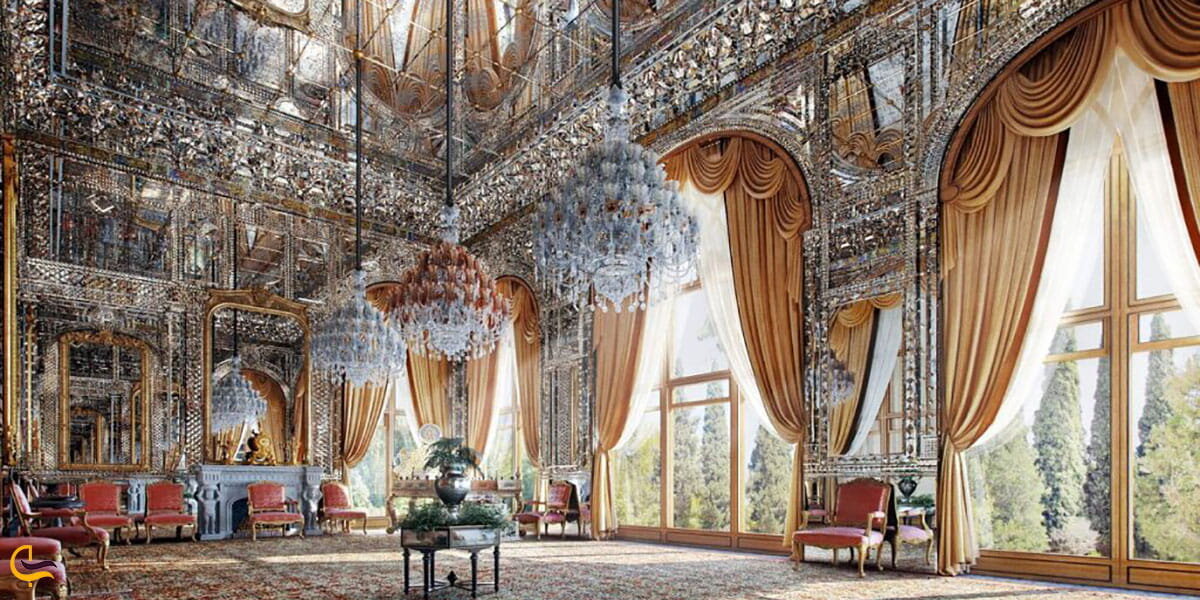Exquisite mirrorwork of UNESCO-listed palace undergoes restoration

TEHRAN – Restoration work has commenced on the Muqarnas-shaped mirrorwork of a UNESCO-listed historical palace in downtown Tehran.
This restoration focuses on the southern entrance of the Shams-ol-Emareh building and the adjacent room, renowned for their exquisite and sophisticated decorations.
According to Mehr news agency, Afrin Emami, the director of Golestan Palace, which is Tehran’s sole World Heritage site, emphasized the significance of the restoration project, stating, “The mirrorwork and plasterwork of Shams-ol-Emareh represent some of the most prestigious and delicate decorations in the Golestan Palace. They adorn the entire walls and ceilings of the large royal balcony, the grand entrance, and the southern room.”
Muqarnas is a traditional form of three-dimensional decoration in Islamic architecture, characterized by rows or tiers of niche-like elements that project over one another, creating a stunning geometrical framework with a few axes of symmetry.
Emami further explained, “The Shams-ol-Emareh building features various geometric patterns, incorporating traditional Girih (a form of decorative patterns used in Islamic architecture) patterns, flat mirror panes in rectangular, oval, and circular shapes, and intricate stucco reliefs with botanical designs.”
The current restoration covers approximately 190 square meters of mirrorwork and plasterwork. It follows last year's restoration of the Shams-ol-Emareh balcony, which spanned an area of about 200 square meters, the official explained on Wednesday.
“The mirrorwork, which has not undergone any major restoration since the palace's inclusion in the UNESCO World Heritage list about 12 years ago, has become dirty and accumulated dust over the years, affecting its brilliance.”
“The mirrorwork at the southern entrance of Shams-ol-Emareh and the adjacent room is currently undergoing meticulous restoration. This initiative is part of an ongoing effort to preserve the palace’s historical beauty and integrity,” Emami explained. “In the subsequent phase of this project, we will focus on the plasterwork of this section and the mirrorwork and plasterwork of the royal balcony, covering an additional area of approximately 300 square meters.”
The delicate restoration process is being conducted by a team of skilled traditional restorers and graduates in the field of cultural and historical object restoration.

One of the remarkable structures of the Golestan Palace, Shams-ol-Emareh (“Edifice of the Sun”) has a central open hall and twin two-tiered towers on top with arched windows and elaborate tilework. It is simple to picture Nasser al-Din Shah achieving his desired view, even though it is not possible to climb to the top.
The palace complex once served as the official residence of Qajar monarchs who ruled Persia (Iran) between 1789 and 1925. It exemplifies the architectural and artistic achievements of the Qajar epoch, as well as the introduction of European motifs and styles into Persian art.
Experts say it displays a remarkable mixture of ancient Persian and contemporary European architectural styles, which characterized much of Iranian art in the 19th and 20th centuries.
Experts believe that Golestan Palace embodies a successful integration of earlier Persian crafts and architecture with Western influences. Over the past two centuries, it has become a center of arts and architecture, a source of inspiration for Iranian artists and architects to this day.
Currently, the complex consists of eight key palace structures mostly used as museums and the eponymous gardens, a green shared center of the complex, surrounded by an outer wall with gates.
AM
Leave a Comment